Home affairs correspondent, BBC Scotland News
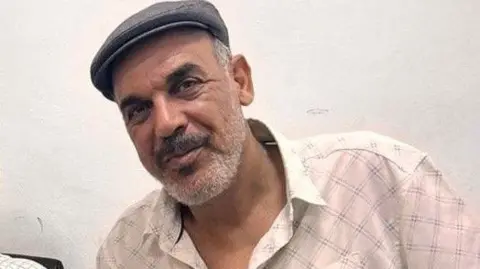 Mediapart
MediapartA Libyan writer and politician who published documents linking his country’s intelligence service to the Lockerbie bombing has been arrested on national security charges.
Samir Shegwara was taken into custody two days after the BBC reported that the files could form evidence against a Libyan who has been accused of making the bomb that brought down Pan Am Flight 103.
The suspect, Abu Agila Masud Kheir Al-Marimi, is facing trial in Washington and has denied being involved in the attack that killed 270 people in December 1988.
The documents also implicate Libyan agents in the destruction of a French airliner that crashed in the Sahara desert in 1989, killing another 170 people.
Mr Shegwara said that they were retrieved from the archives of Libya’s former intelligence chief Abdullah Senussi after the collapse of Colonel Gaddafi’s regime in 2011.
Their contents were published in France in January this year, in the book The Murderer Who Must Be Saved, co-authored by Mr Shegwara and French investigative journalists Karl Laske and Vincent Nouzille.
The book’s publishers said Mr Shegwara is facing legal proceedings over the “alleged possession of classified security documents, without legal justification.”
The BBC reported on 18 March that Scottish detectives are examining copies of the files, which could represent the first proof from inside Libya’s intelligence agency that it was responsible for the Lockerbie bombing.
Mr Shegwara, who is also mayor of Hay al Andalous, a municipality in Tripoli, was arrested at his office by police on 20 March.
He has been writing publicly about the documents since 2018 and has made no secret of the fact that they were in his possession.
His arrest would appear to support his belief, shared by the French journalists, that the documents are genuine.
Robert Laffont Publishing says the authenticity of the documents cannot be questioned and they contain information of “major public and historical interest” to Libya, France, Scotland and the United States.
In a statement, the company said it “deplores the prosecution of Samir Shegware as well as the pressure that seems to be exerted on him to retract his denunciation of the crimes committed by the former regime of Muammar Gaddafi.
“As such, Robert Laffont Publishing joins with Karl Laske and Vincent Nouzille in calling on the Libyan authorities to drop the charges against him.”
The firm said Mr Shegwara was provisionally released on 1 April but remains under threat of reincarceration and a trial in the coming days.
Evidence of explosives testing
A retired FBI special agent who led the agency’s original investigation into the Lockerbie disaster has described the dossier as potential “dynamite.”
One of the most significant documents appears to give an account of tests carried out on bombs hidden in suitcases, just weeks before the attack on Pan Am Flight 103.
The bomb which destroyed the plane was concealed inside a radio cassette player in a suitcase in the forward hold.
A copy of one of the Libyan files seen by the BBC records its subject matter as: “Experiments on the use of the suitcase and testing its effectiveness.”
The handwritten report is labelled “top secret” and dated 4 October 1988, with the sender given as the Information and Strategic Studies Centre in Tripoli, headed at the time by Abdelbasset Al-Megrahi, who was convicted over the Lockerbie bombing by a Scottish court in 2001.
The document says the tests were successful, with a “powerful and effective” explosion from a device which could not be detected by an X-ray scanner.
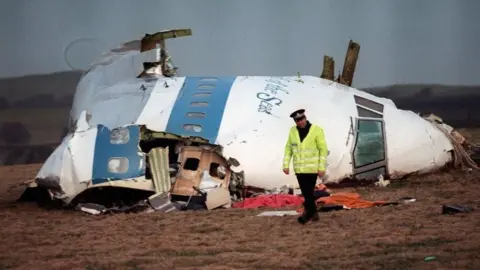 AFP
AFPThe report says an agent called Aboujila Kheir – assumed to be Abu Agila Masud Kheir Al-Marimi – was involved in the tests.
Another appears to detail the transfer of 10kg of explosives to an office in Malta, staffed by Al Amin Khalifah Fhimah, the Libyan who was cleared at the first Lockerbie trial.
Other documents are alleged to involve the “expenses” of agents who travelled to Malta shortly days before the attack on Pan Am 103.
The verdict from the Scottish court was that the bomb was smuggled onto a plane at Malta and then routed through the baggage system to Frankfurt and Heathrow, where it was loaded onto the American airliner.
The documents are also said to implicate Abdullah Senussi in the planning of the attacks on Pan Am 103 and the French plane, UTA Flight 772.
Colonel Gaddafi’s brother-in-law, Senussi was convicted of bombing UTA 772 after a trial held in his absence in 1999, although he was never served any of the life sentence imposed by the Paris court.
He was named as a suspect over Lockerbie by Scottish and American prosecutors in 2015.
Senussi is facing trial in Libya over his actions during the uprising against Gaddafi 14 years ago.
Police Scotland and Scotland’s prosecution service, the Crown Office, have declined to comment on Mr Shegwara’s arrest.

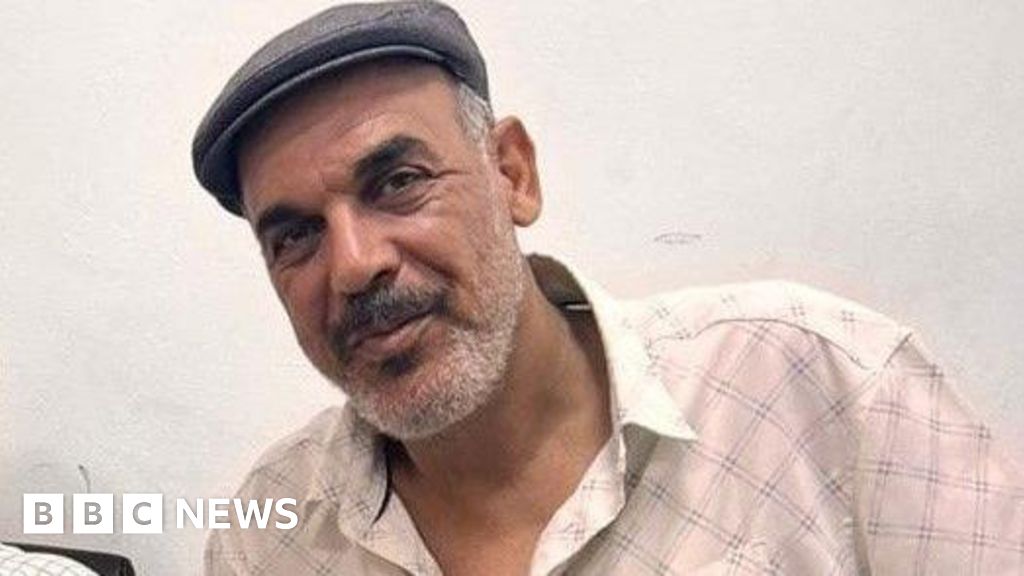





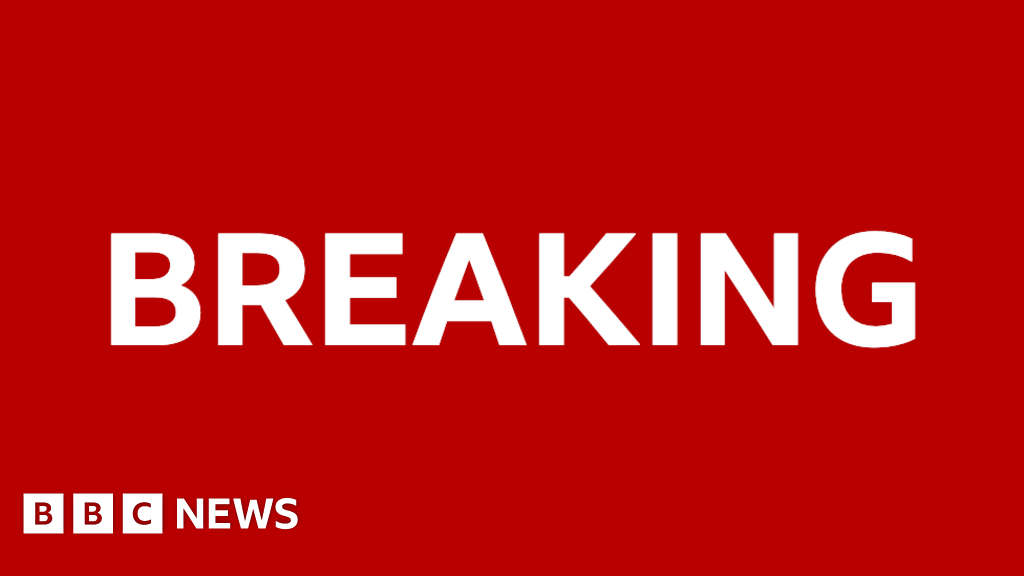

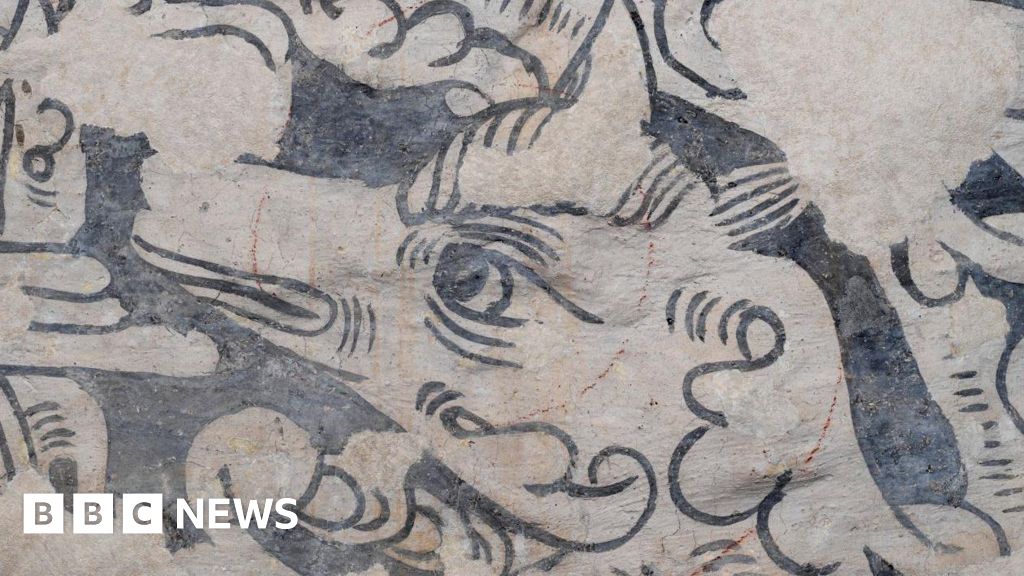







Leave a Reply